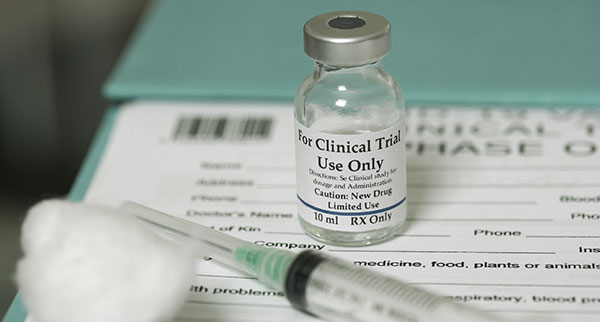Introduction:
As the Industry 5.0 gains momentum, for our industry 4.0 smart factories the key factors to succeed are strong connectivity, agility, and automation. Today one of the key challenges in discrete manufacturing landscape we face is flexibility to adopt to changing trends, maybe because we can’t get a holistic view of impact. There are still pockets of disconnected information in the ecosystem.
The idea behind factory modernization is to get rid of the black holes of data in the ecosystem and make best use of automation tools, artificial intelligence to allow organizations to harness on real time trends and be flexible to make some decisions.
While the smart factory still is the key concept some trends that are being observed with adoption of 5.0 are – automation, leverage of IOT, unified value chain, intelligent and transparent supply chain, sustainability and most importantly an upskilling workforce.
Each of the trends have challenges and have solution approaches as well, here we focus more on modernization of our factory ecosystem making best use of current tools and technology.
Automation is one the key factors behind factory modernization as it allows manufacturers to shorten the turnaround time, brings in agility and reduces breakdowns through proactive handling or preventive maintenance. And it doesn’t stop here, now we have highly interconnected factories which help deliver the best in the least time. Use of Robots in automation has been trending over last few years. In a study carried out in 2021 – 2022 use of collaborative robots, smart robots accounted for 74% of the spending by discrete manufactures realizing the potential of automation amongst the top 20 trends.
· cloud computing (90%)
· collaborative robots (74%)
· cybersecurity software (84%)
· data acquisition and analytics (91%)
· industrial networking (65%)
· industrial robots (74%)
· IoT platform software (84%)
· motors, drives, motion control (44%)
· product lifecycle management (33%)
· sensors (76%)
· vision systems (70%)
Adoption of IIoT (Industrial IoT) is a key to modernization as well. While advanced technologies are leveraged and adopted in 5.0 ecosystem a successful modernized factory needs to include experts from the operations side (OT) and the enterprise IT side (IT) and ensure a balance. The focus should be to use tools like Intelligent algorithms, Robotic automation to have an automated, intelligent digital operational supply chain with the needed visibility and efficiency. And it doesn’t stop here, IIoT if used correctly should help gather the data from shopfloor for preventive maintenance and to drive continuous improvements.
Adopting artificial intelligence in supply chain also help deploying intelligent supply chains that can help inventory tracking and notify of any shortages or exceptions, intelligent decisions as data are collected and curated per need real time, have better visibility and control on the shop floor. Bosch Rexroth Corporation is a good example of how they used the power of analytics to overcome uncertainty.
Below is how the modernized factory system architecture should look like –

Figure 1 :Solution Architecture
Conclusion –
Many manufacturing organizations are beginning the process of modernizing their factory operations to achieve greater efficiency and flexibility. Adoption of the right tool and methodology helps improving workforce productivity, decrease downtime and deploy an interconnected, intelligent supply chain.
Extending 5.0 and its concepts to factories in their operations will flatten manufacturing process and change the existing approach and processes. This will help manufacturing companies tectonically transform customer experiences and drive recurring revenue streams at improved profitability. The future of manufacturing is challenging, but with the right strategy, technology solution sets and an able partner, organizations will be able to structure smarter, faster, and simpler manufacturing operations.
References
https://www.thinkmax.com/en/insights/5-discrete-manufacturing-trends-and-11-change-drivers/
https://c3iot.com/customers/improving-discrete-manufacturing/
https://www.automationworld.com/business-intelligence/article/21259474/automation-expectations-discrete-manufacturing
https://f.hubspotusercontent10.net/hubfs/73917/_BAR/Microsites/Geek%20Center/Resources/Whitepaper/Samsung_Manufacturing-Modernization-How-to-Get-There_White-Paper.pdf









Very good article